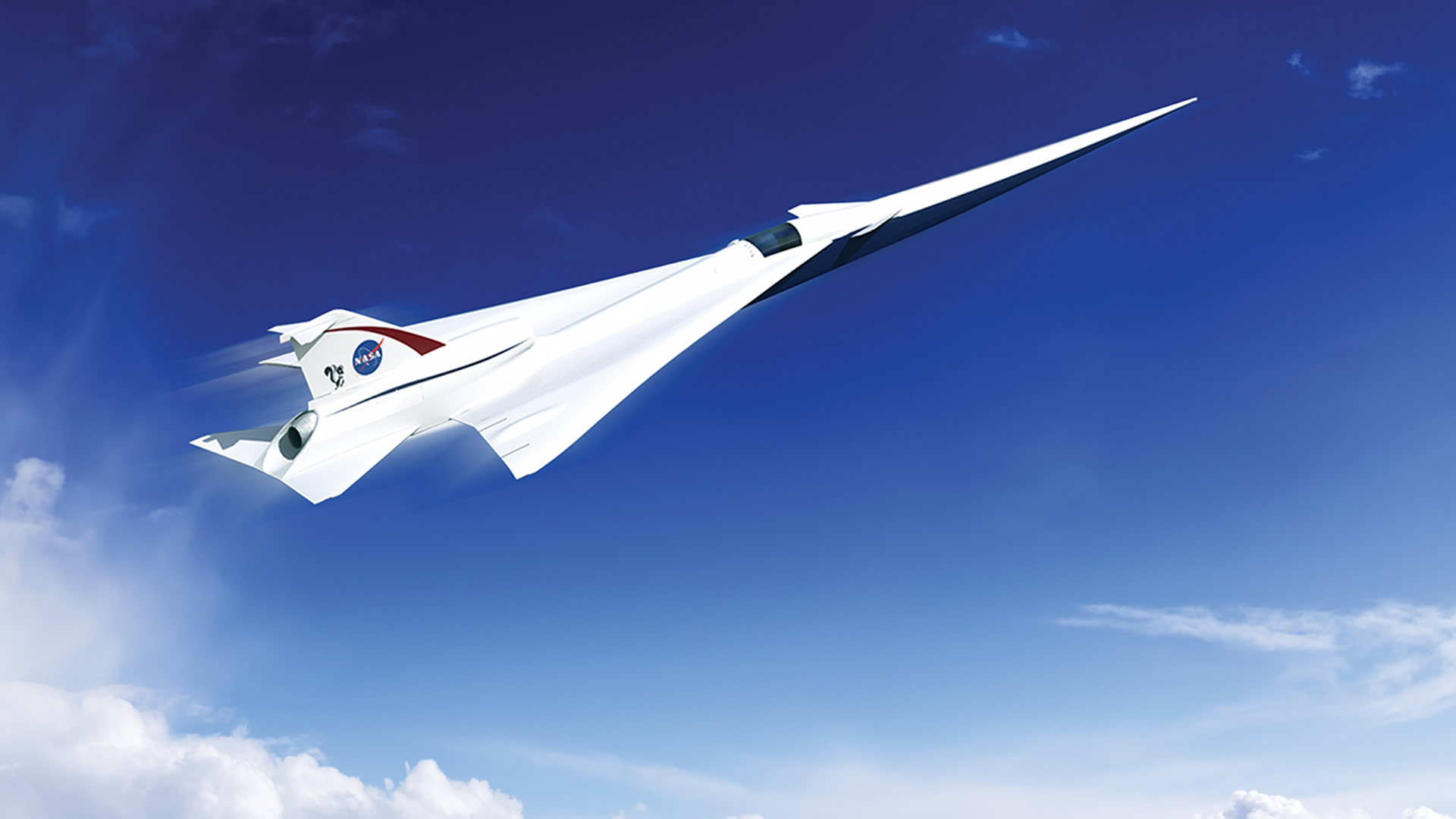

Ever since the Concorde jet left the skies in 2003 our commercial airspace has been without supersonic flight. Luckily, NASA has shortened its gaze somewhat—from distant galaxies to our own atmosphere—and is looking to build a new commercial craft that will exceed Mach 1…and at a volume that won’t scare the cattle or enrage the country’s peace-loving citizens. (The Concorde made a lot of enemies with its supersonic boom.) This week, NASA Administrator Charles Bolden announced that the agency has signed a $20 million contract with Lockheed Martin Aeronautics to produce a “low boom” demonstration aircraft, also known as a commercial jet that would exceed the Concorde’s safety and efficiency metrics while producing just a gentle supersonic thump, described as a “heartbeat” rather than the deafening boom now associated with planes that break the sound barrier. The design is to be called the Quiet Supersonic Technology, or QueSST. NASA: American aeronautics agency first, maker of snappy acronyms a close second.
Following the announcement, Bolden noted that it had been almost 70 years since pilot Chuck Yeager first shattered the sound barrier in the Bell X-1 aircraft, nicknamed Glorious Glennis. The X-1, per its name, was the first of the government’s “X” (for “experimental aircraft”) planes; the QueSST marks one of the few times the government has initiated technological testing in service of commercial instead of military flight. Might one hope for a two-hour JFK-to-LAX jaunt? We’ll have to wait until at least 2020, when NASA hopes to start its flight campaign, to find out. Until then, cross-country flights will be undertaken as usual: under the influence of prescription drugs.